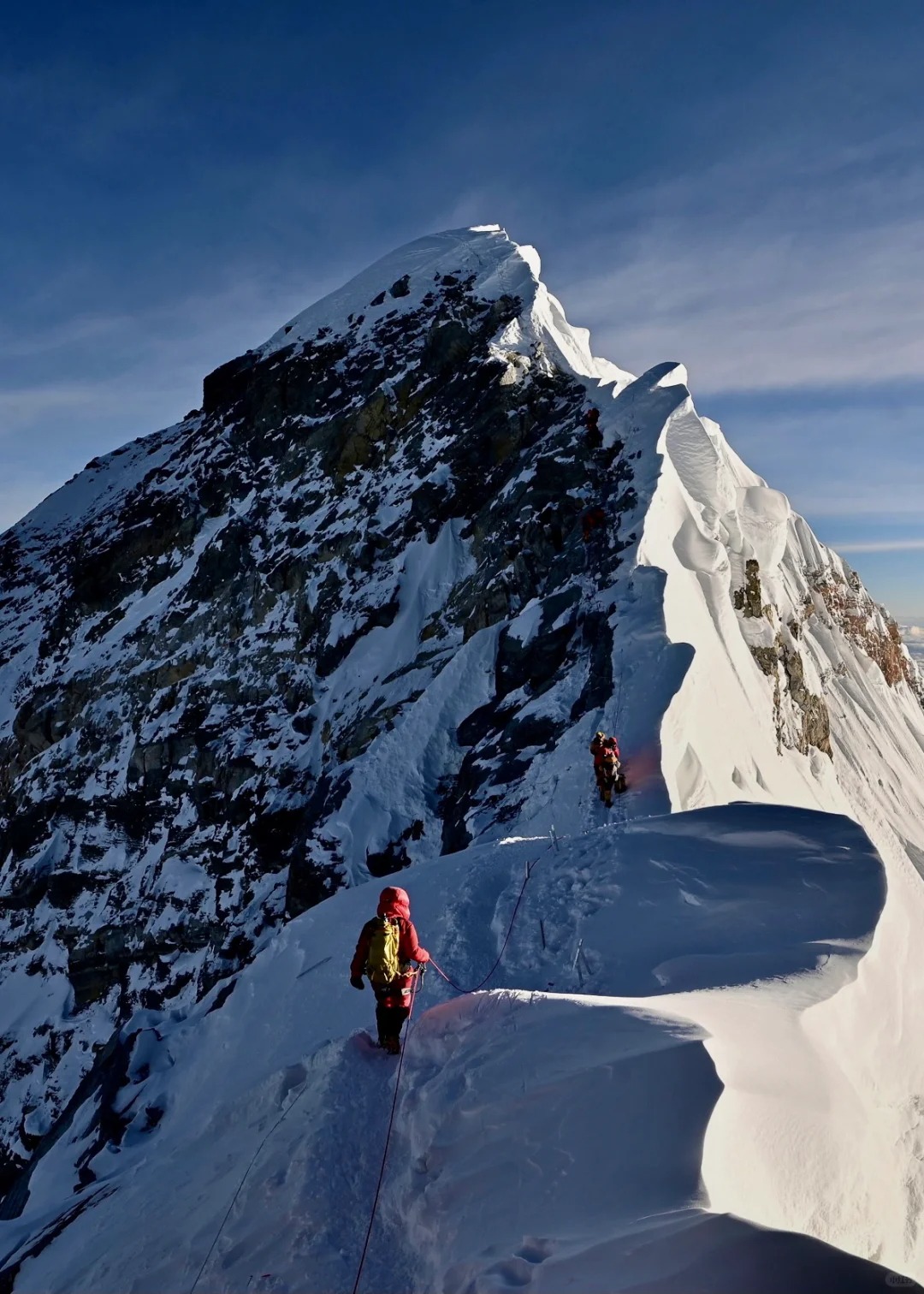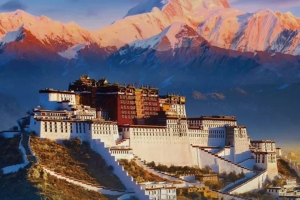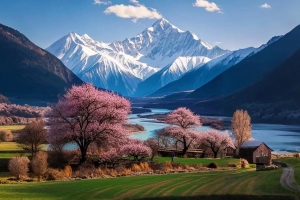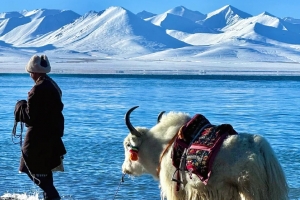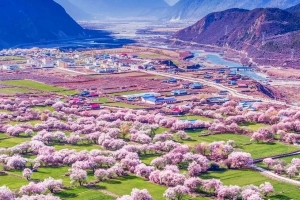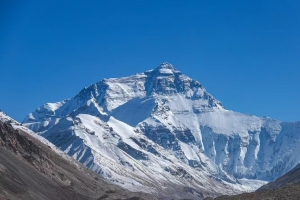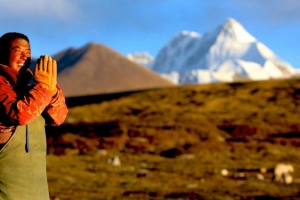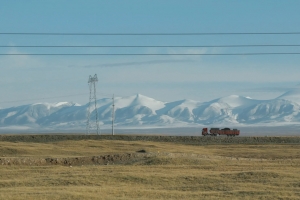The name “Mount Everest” in Tibetan, “珠穆朗玛” (Zhūmùlǎngmǎ), translates to “Goddess Mother” or “Holy Mother.” In Tibetan, “珠穆” (Zhūmù) means goddess, and “朗玛” (Lǎngmǎ) signifies the third. Given Mount Everest’s position as the third-highest peak in the world, it is known as Mount Everest. With an elevation of 8,848 meters (29,029 feet), Mount Everest is the highest peak in the Himalayas and the tallest mountain globally. The mountain forms a curved range with an east-west orientation, presenting a pyramid-like peak that is visible from a great distance, evoking a sense of solemnity and sacredness. Mount Everest is perennially covered in ice and snow, characterized by extremely challenging natural conditions, harsh climates, and rugged terrain.
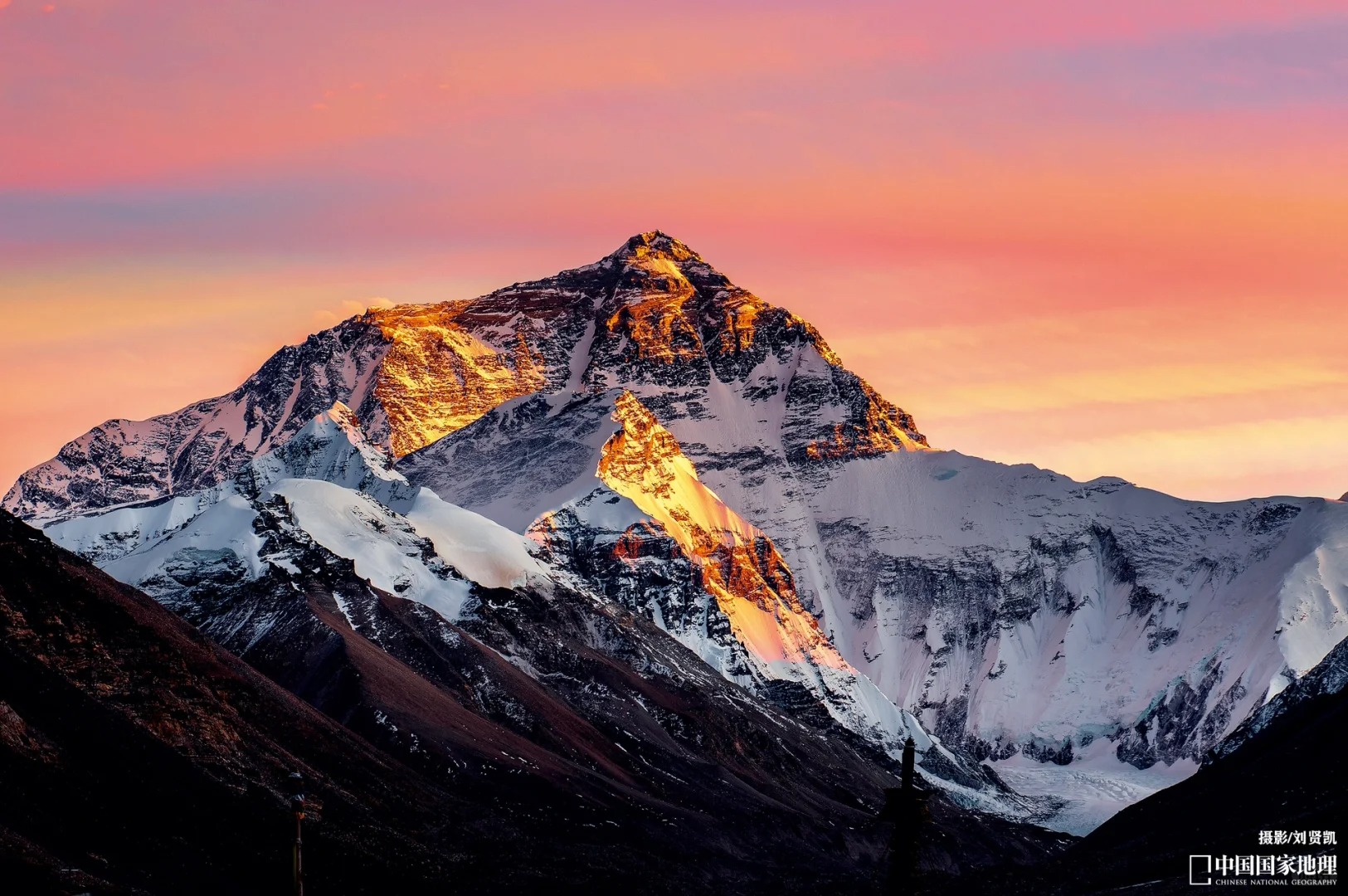
Mount Everest, renowned as the pinnacle of the Earth, has become the “sacred temple” in the hearts of mountaineers from around the world. It is the lifelong dream of every climber. However, starting from the 18th and 19th centuries, explorers and mountaineering teams from various countries embarked on expeditions to unravel its mysteries. It wasn’t until the 1950s that someone successfully ascended Mount Everest from the southern slope. During this period, numerous adventurers attempted to climb Mount Everest from the northern slope, only to face failures and, tragically, the loss of many lives. Consequently, the northern slope is referred to as the “unclimbable route” and the “route of death.”
